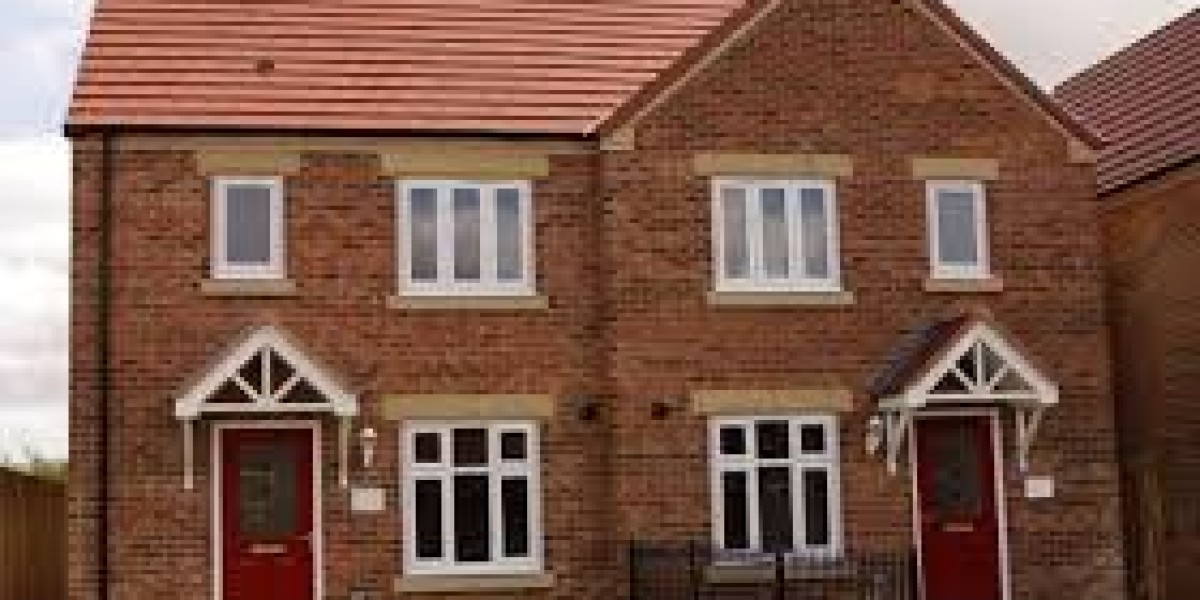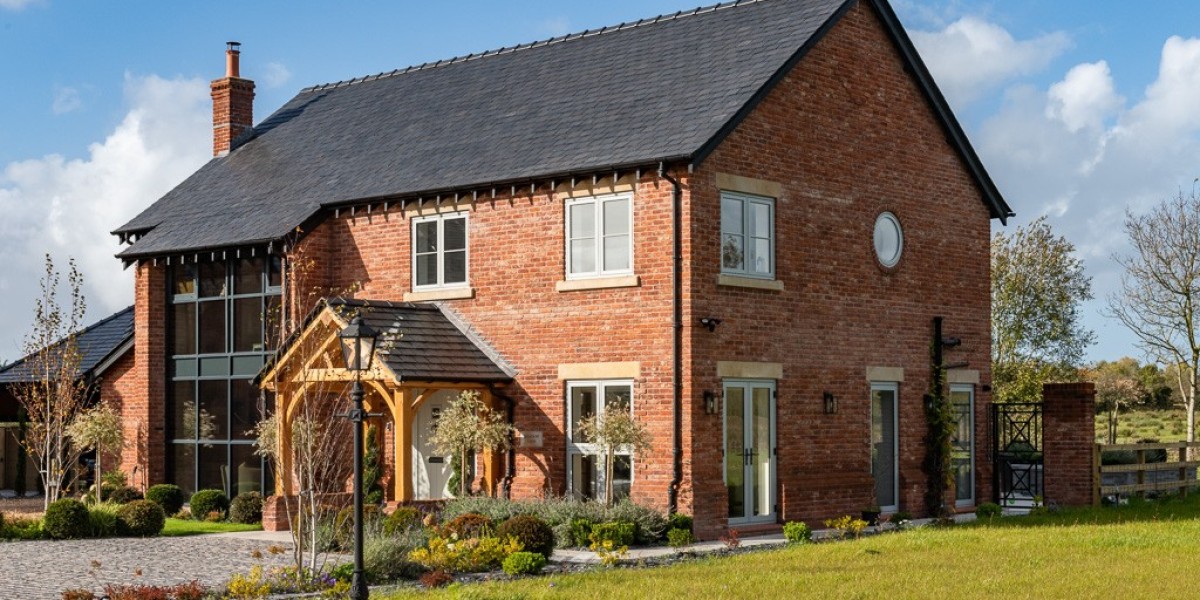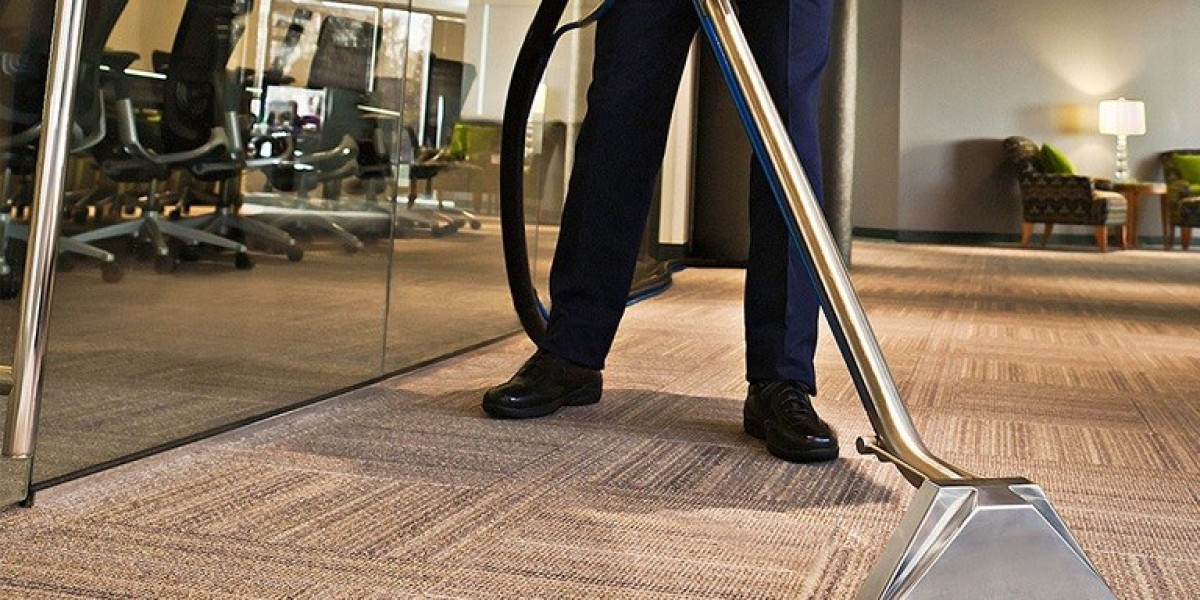In the realm of modern architecture and construction, the choice of materials plays a pivotal role in determining the functionality, aesthetics, and sustainability of a building. Among the various options available, unplasticized polyvinyl chloride (uPVC) windows have emerged as a popular choice for homeowners, architects, and builders alike. This article explores the myriad advantages of uPVC windows, their applications, and their impact on energy efficiency and design aesthetics in contemporary architecture.

uPVC is a rigid form of PVC that has gained immense popularity due to its durability, low maintenance requirements, and excellent insulation properties. Unlike traditional materials such as wood and aluminum, uPVC windows offer a range of benefits that make them an appealing choice for both residential and commercial properties.
One of the most significant advantages of uPVC windows is their exceptional thermal insulation properties. With rising energy costs and growing concerns about climate change, energy efficiency has become a paramount consideration in building design. uPVC windows are designed to minimize heat transfer, keeping homes warmer in the winter and cooler in the summer. This thermal efficiency not only enhances comfort for occupants but also reduces reliance on heating and cooling systems, leading to lower energy bills and a smaller carbon footprint.
Moreover, uPVC windows are resistant to moisture, which is a critical factor in maintaining the integrity of a building. Unlike wooden frames that can warp, rot, or swell when exposed to moisture, uPVC remains unaffected by the elements. This resistance to water damage significantly extends the lifespan of windows, making them a cost-effective investment in the long run. Additionally, uPVC windows do not require regular painting or sealing, further reducing maintenance costs and labor.
Another noteworthy aspect of uPVC windows is their versatility in design. Available in a wide range of colors, styles, and finishes, uPVC windows can seamlessly blend with the architectural aesthetics of any building. Whether it's a contemporary urban apartment or a traditional countryside home, uPVC windows can be customized to suit the specific design requirements of the project. Furthermore, advancements in manufacturing technology have enabled the production of uPVC windows that mimic the appearance of natural wood, offering the best of both worlds—classic aesthetics with modern performance.
Security is another critical consideration for homeowners, and uPVC windows excel in this area as well. The inherent strength of uPVC, combined with advanced locking mechanisms, provides a high level of security against break-ins. Many uPVC window systems are designed with multi-point locking systems that ensure the windows are securely fastened when closed. This added layer of security is particularly appealing for homeowners looking to protect their property and family.
Noise reduction is yet another advantage of uPVC windows. In urban environments, external noise can be a significant source of stress and discomfort for residents. uPVC windows, especially when combined with double or triple glazing, can significantly reduce external noise levels, creating a more peaceful living environment. This sound insulation is particularly beneficial for properties located near busy roads, airports, or other noisy areas.
In terms of environmental impact, uPVC windows are also a responsible choice. The production of uPVC involves less energy compared to other materials, and many manufacturers are adopting sustainable practices to reduce their carbon footprint. Additionally, uPVC is recyclable, meaning that at the end of its life cycle, it can be repurposed into new products, contributing to a circular economy.
When it comes to installation, uPVC windows are relatively straightforward to fit. Their lightweight nature makes them easier to handle and install compared to heavier materials like wood or aluminum. This ease of installation can lead to reduced labor costs and shorter project timelines, providing additional savings for builders and homeowners alike.
Despite their numerous advantages, some critics argue that uPVC windows may not be suitable for every architectural style. While modern designs often embrace the clean lines and functionality of uPVC, traditional or historic buildings may require more authentic materials to maintain their character. However, with the variety of designs available, many manufacturers are now producing uPVC windows that can complement traditional aesthetics without compromising on performance.
In conclusion, the advantages of uPVC windows are manifold, making them a preferred choice in modern architecture. Their exceptional thermal insulation, durability, low maintenance requirements, aesthetic versatility, security features, noise reduction capabilities, and environmental benefits position them as a leading option for both residential and commercial applications. As the demand for energy-efficient and sustainable building solutions continues to grow, uPVC windows will likely play an increasingly significant role in shaping the future of architectural design. By embracing the benefits of uPVC, architects and builders can create spaces that are not only functional and https://englishsunglish.com/why-double-glazed-windows-are-a-smart-investment-for-every-home/ stylish but also environmentally responsible and energy-efficient. As such, uPVC windows represent a forward-thinking choice for those looking to enhance the performance and aesthetics of their buildings in the years to come.







